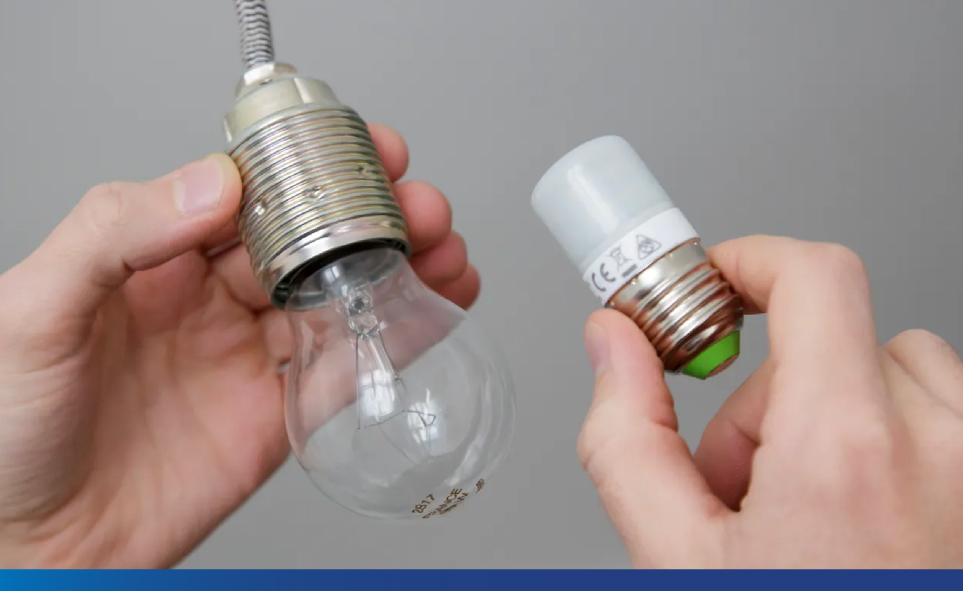Millions of new beings take birth each day. Plants, animals, birds, ocean dwellers, bacteria… The list of nature is endless. The sun rises in the east everyday to nourish all these lives with its heat and energy.
Heat and energy keep the ecosystem in place, making the universe go on and thus making heat an indispensable part of our lives. Heat accounted for 56 percent of the global energy consumption and is the largest energy end use contributor to the global CO2 emission levels too.
Almost 50 percent of the total heat produced was used for industrial purposes, another 46% was consumed in buildings for space and water heating, and to a lesser extent, cooking, while the remainder was used in agriculture, essentially for greenhouse heating. The global annual heat energy requirement stands at about 7000Mtoe. (1 Mtoe = 11.63 TWh) Fossil fuels continue to dominate heat supplies, while modern renewables met only about 11% of the global heat demand in 2020.
On the safety front, boiler accidents contribute a minimal percentage to the global industrial accident scenario. Of the 11000 cases in the world there are 167 incidents concerning boilers.
The idea of creating an interactive platform ‘of the industry, by the industry and for the industry’ struck us while we were organising the maiden BOILER INDIA in February 2020 in Mumbai.
While interacting with many learned researchers, industrialists and users, it dawned on us that there is a distinct lack of information exchange in the steam energy segment across the world.
Thus was born the idea of a bimonthly newsletter that would deliver information to its subscribers’ mailboxes. Free of cost!
Having put together a team, we moved on to connect with the knowledgeable and well researched amongst the academia and industry; those whose knowledge would add value to the rest of the world.
To have them contribute to the maiden issue is surely a great step for the users, manufacturers and job seekers alike.
Over time, the industry will move on to non conventional and environment friendly energy sources. Advent of clean technology shall greatly impact the industry in a positive way which in due course will be adapted on to equipment and processes with high efficiency levels.
For example, Germany has met 10% of their total energy usage and 20% of its electricity usage with renewable resources while the EU increased the level of renewable energy in the EU’s overall mix from less than 7% in 2007 to 20% by 2020 and as of November 2020, 38% of India’s installed electricity generation capacity is from renewable sources while by 2027 India aims to have 275 GW from renewable energy from “other zero emission” sources.
Efficient installations that are completely safe for workers and environment alike would define the trade in coming times. Modern boilers are designed with redundant pumps, valves, water level monitors, automated controls, and pressure relief valves.
In addition, the construction must adhere to strict engineering guidelines set by the relevant authorities thus, trained and highly skilled manpower that can operate and manage equipment skillfully while adhering to safety and technical norms would be, as is now, in great demand.
Ancillaries have a great challenge ahead in tuning production to match with newer technologies.
Overall it’s a bright world ahead for ‘All things steam’. I hope and wish you are able to enjoy and benefit from this newsletter and continue to subscribe, read, comment, suggest and contribute in any possible way to help us reach all those associated with the steam industry.
Looking forward to hear from you,
Shri Bhanu Rajagopalan, Managing Editor, BWU



